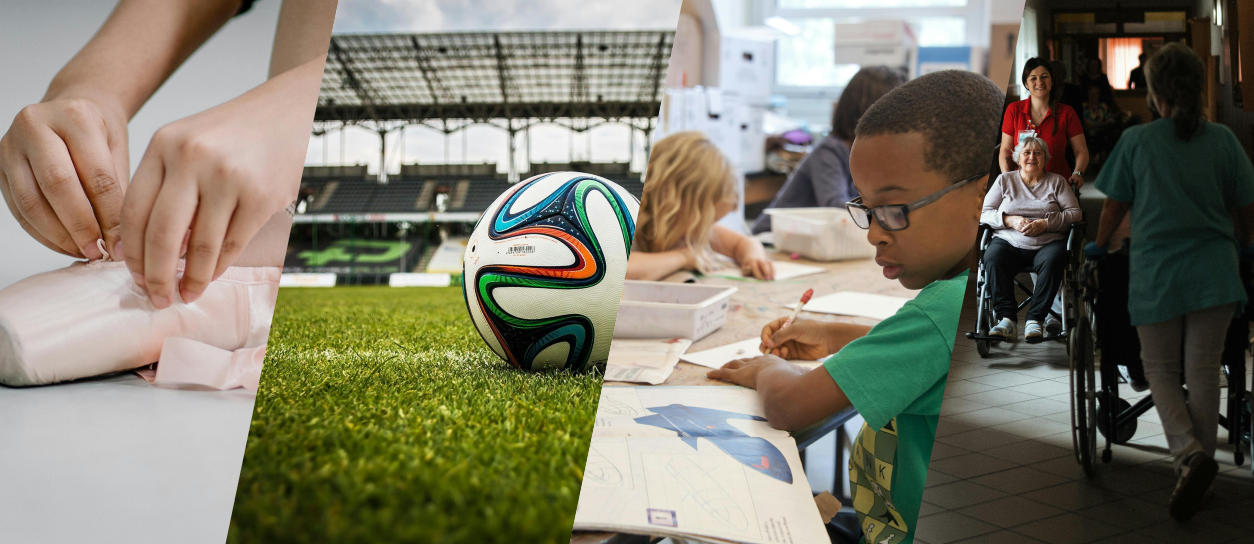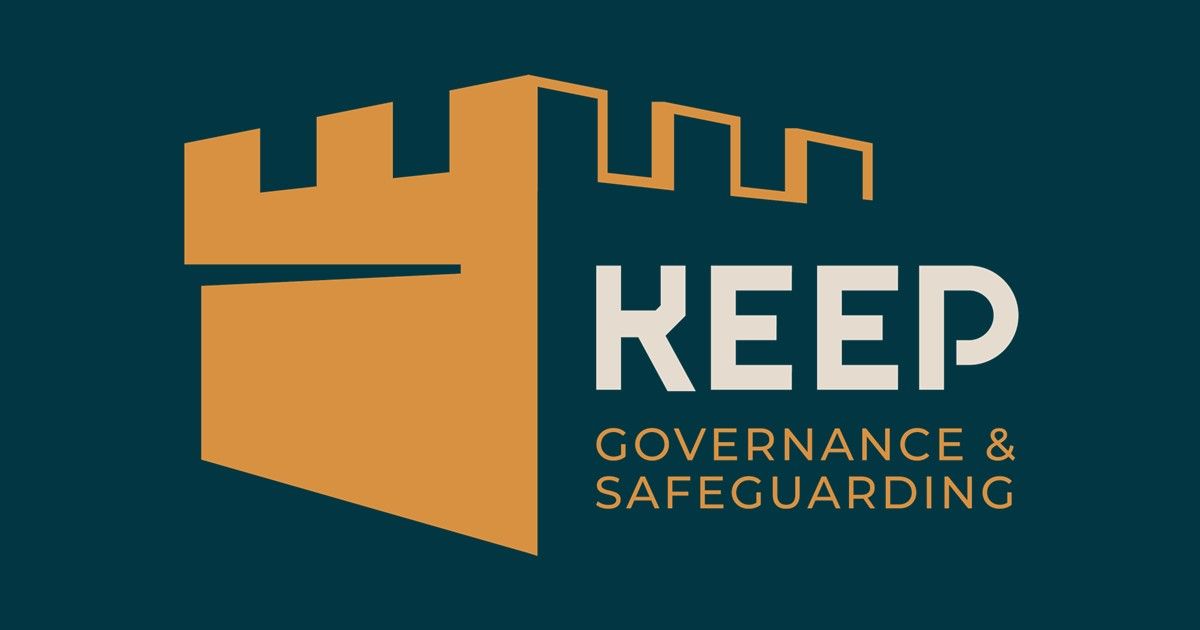10,000 children a year! The unique identifier for every child is 25 years overdue
The Children's Wellbeing Bill puts right a quarter of a century of delay
Maybe my age is catching up with me? There have been many times through my career where older, and in many cases wiser, colleagues have rolled their eyes at a policy announcement and said “they shouldn’t have got rid of that in the first place”. I'm sure there is an allegorical dossier somewhere capturing the wasteful cycles we have gone through over the years with ideas and initiatives being scrapped for political or philosophical motivations which then come back into favour and have to be re-established. I guess it's a natural part of life.
However, this particular cycle is different for me.
I was training as a teacher when the concept was first being discussed seriously, I was part of its prematurely ended implementation, and I continue to work within its potential influence.
I can’t help it, but when making sense of safeguarding failings, or looking at how we can improve the systems and processes in place to prevent such failings, I keep going back to Lord Laming and the Victoria Climbie inquiry [1]. Of course, there have been many failings, generating much learning since, but the learning which came out of Victoria’s horrendous and tragic experiences continue to resonate with relevance and currency even as we approach the 25 anniversary of her death.
Maybe it’s because Victoria died when I was at a key point of change in my life; a time when I decided I wanted to work with children instead of becoming an accountant.
Or, maybe, until we truly learn from her death we can’t let Victoria’s memory rest.
And so, this cycle feels personal.
The Children’s Wellbeing and Schools Bill introduces a unique identifying number for every child to connect up the information about them, held by a range of relevant public services. The whole idea is to make it much easier to join up the dots between agencies so safeguarding risks can be identified and shared appropriately to build up a better picture of intelligence around children who are at greater risk of abuse, neglect and exploitation. Information sharing rules remain in place and therefore information can only be shared if it is relevant to keeping the child safe. All other information stays with the specific service where it was recorded.
The work of Lord Laming in exploring how our arrangements failed to protect Victoria Climbie stated: “Several factors, therefore, suggest that it is much easier now than in the past for children to be ‘lost in the system’. In addition to this, adults who wish to exploit the vulnerability of children, or who harm them in outbursts of temper, often go to great lengths to ensure that their children are kept out of sight.”
A clear echo which reverberates with currency to the experiences and death of Sara Sharif in 2023.
Lord Laming’s recommendation was for there to be a national database of children’s involvement with a wide range of public (and publicly funded) services and, following work to explore the UK’s appetite for such a database, ContactPoint was developed and significant work was undertaken to implement it. I led the implementation work at that time at Herefordshire Council. Before it was fully implemented across the country, a new government was elected with different priorities and the whole thing was scrapped. No-one in government stopped and looked back at the original reason for it or the recommendation. It has taken a further 15 years for a government to return to this lesson from Victoria and find a solution fit for today.
We will now have a consistent identifier which enables those responsible for the safeguarding and welfare of children to better join relevant intelligence and identify children who will benefit from additional support, preventing children falling through holes in our protective net.
It is shameful that 25 years have gone by before we have got to this point, and that more time will elapse before this unique number is fully implemented. How many children have suffered abuse and neglect in that time, abuse and neglect which could have been prevented if there were better ways to share information? I don’t think we will ever know, but case reviews following child deaths have often noted issues with effective information sharing. The Department of Education’s overview report on serious case reviews from 1998-2019 published in 2022 noted this [2].
Meanwhile, the Children’s Commissioner’s 2024 report, Lost in Transition [3], examined what happens to children who leave state education prematurely estimates that of the 82,000 children who left state education prematurely during 2022, there is no information about what 14% went on to.
JUST LET THAT SINK IN... We have known for 25 years (or more) that joining up the dots about children’s situations is difficult. And yet there are possibly 10,000 children every year who leave school, don’t ‘arrive’ at another school and local authorities do not know what they are doing.
In her forward to the report, Dame Rachel de Souza says, “We have found that over 10,000 children left the state education system to destinations unknown to their local authorities. Despite questions from my office, local authorities were unable to confirm that they were safe and in education. These children’s whereabouts are unknown: they have fallen through the cracks of our education system.”
I can only guess and hope that for the majority of those 10,000 children a year this is a data issue, rather than a hidden safeguarding issue and so a unique child identifier, assigned at birth or at entry to the country can overcome some of this. And then, for those who truly seem to disappear, we can have better intelligence through the joining up of information, to find them, support them and, where required, intervene to protect them.
Footnotes
2. https://www.gov.uk/government/publications/serious-case-reviews-analysis-lessons-and-challenges
3. https://www.childrenscommissioner.gov.uk/resource/lost-in-transition/




